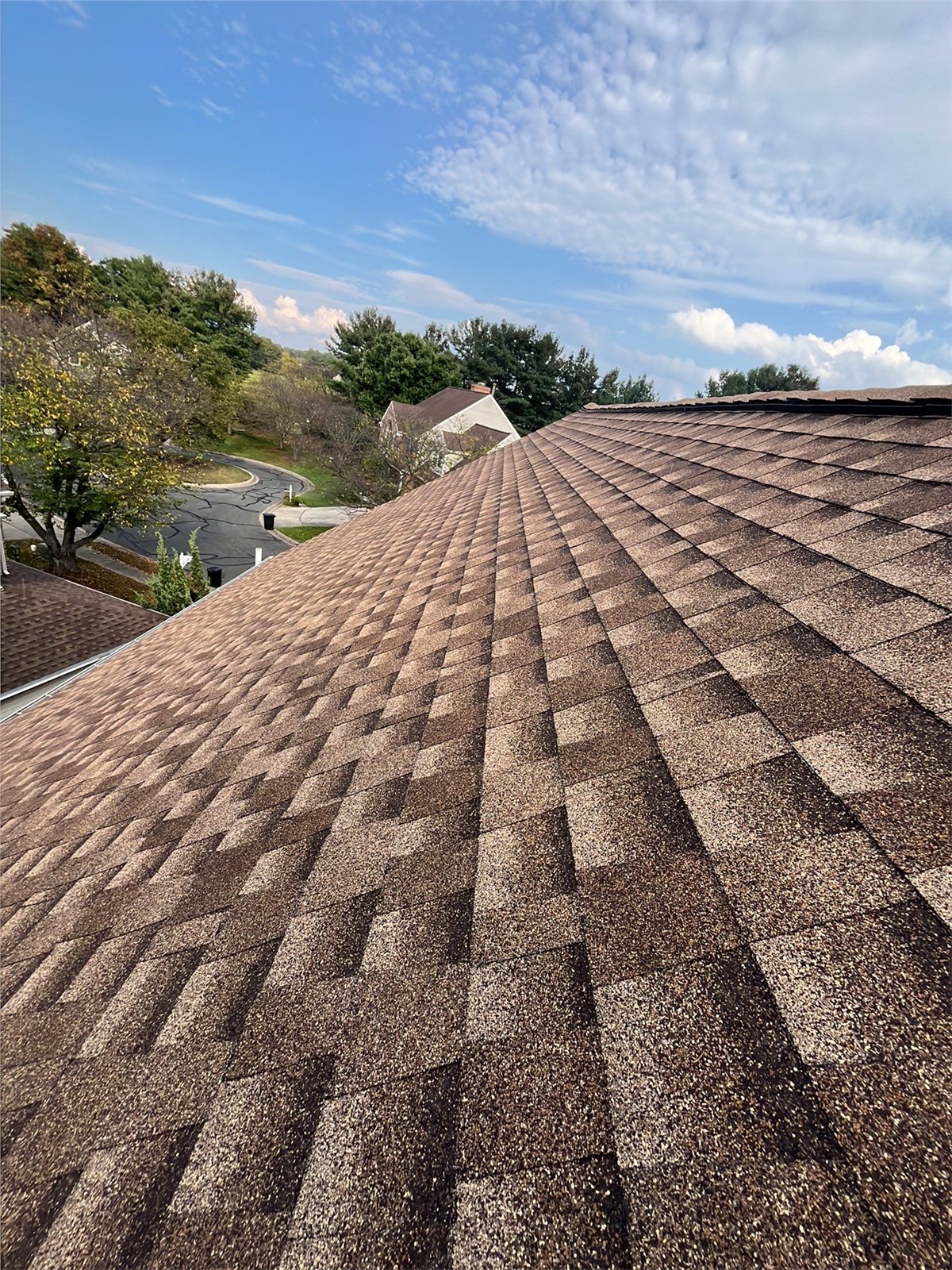Your roof system is one of your home’s main lines of defense against the elements, so it only makes sense to factor in the time of year as you're deciding when to replace it More than anything, you want the weather to cooperate with you during a project like this.
Not only will the right weather ensure the rest of your home stays safe and dry during the construction process, but it will also be much safer for the roofers. As your trusted source for roofing services and information, Shanco is here to help you plan your roof replacement project. So, without further ado, let’s talk about the best times of year—and the worst—for replacing your roof system.
The Best Time: Fall
When it comes to replacing your roof, scheduling your project in fall is likely the smartest move. In the eastern states, this usually refers to September through mid-November when the weather is mild—ranging from 45 to 85 degrees Fahrenheit, with little humidity. To be on the safe side, schedule earlier in the fall to avoid any impending storms.
The downside: roofers are typically the busiest during this time of the year. In addition to handling full-scale roof installations, they’ll also be called out for last-minute roof repairs and maintenance tasks before winter hits. If you want to add your roof system to their list, make sure to plan at least a month or two in advance.
The Next Best: Spring
Much like the other transition system, springtime—March through May—brings milder temperatures and drier days with little humidity. What’s even better is roofers will usually have more flexibility in their schedule, which means you don’t have to plan so far in advance. So, while you’re in the spring-cleaning mode, add your roof system to your list of things to do.
And the Best Time After That: Summer
Summertime isn’t the worst time to plan a roof replacement project. In fact, the predictably warm and consistent weather makes it one of the most popular seasons for many homeowners. However, you should really plan for as early in the summer as possible.
Otherwise, your roofers will be toiling in soaring temperatures and high levels of humidity. The threat of storm activity and/or lightning in the area could cause your installation to be postponed. Extreme temperatures can also soften your roof shingles, making them more susceptible to potential damage during installation.
If your roof replacement has to take place in the summer, try to make it early June, and avoid July and August altogether.
The Worst Time: Winter
Now, this isn’t to say you can’t replace your roof during the winter. In fact, most roofers will have the most availability around this time, and some may even offer promotions and discounts to attract your business. However, asphalt shingles tend to lose some of their flexibility in cold temperatures, and also may not seal as well as they do with heat from the sun.
The bottom line is the winter months bring about very specific risks and challenges, so you should really avoid replacing your roof around this time unless you have no choice—or unless it is unseasonably warm.
Get in Touch with Your Local Roofers in Maryland, DC, and Virginia to Learn More
Are you getting ready to replace your own roof system? Now that you know a little bit more about the “when” of the project, let’s talk about the “who” that can help you. For over two decades, Shanco has been completing all types of roofing projects for our residential and commercial customers:
- Roof Replacements
- Roof Repairs & Maintenance
- New Roof Installations
- Chimney Protection Services
Get in touch with our GAF Master Elite roofing contractors to learn more about our services, so you can start planning your roof replacement project right away!
Tags
Subscribe to Shanco's Blog







Comments